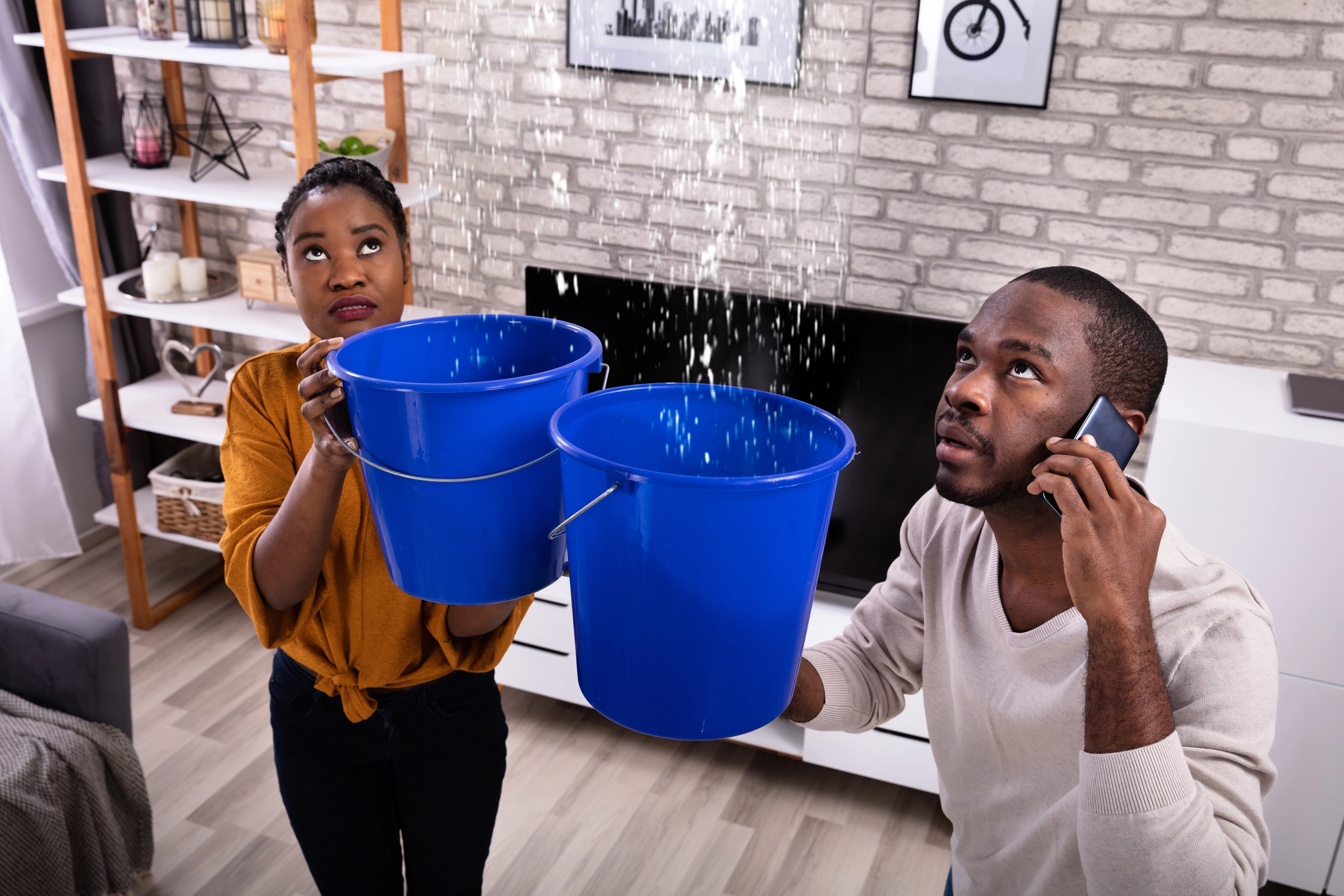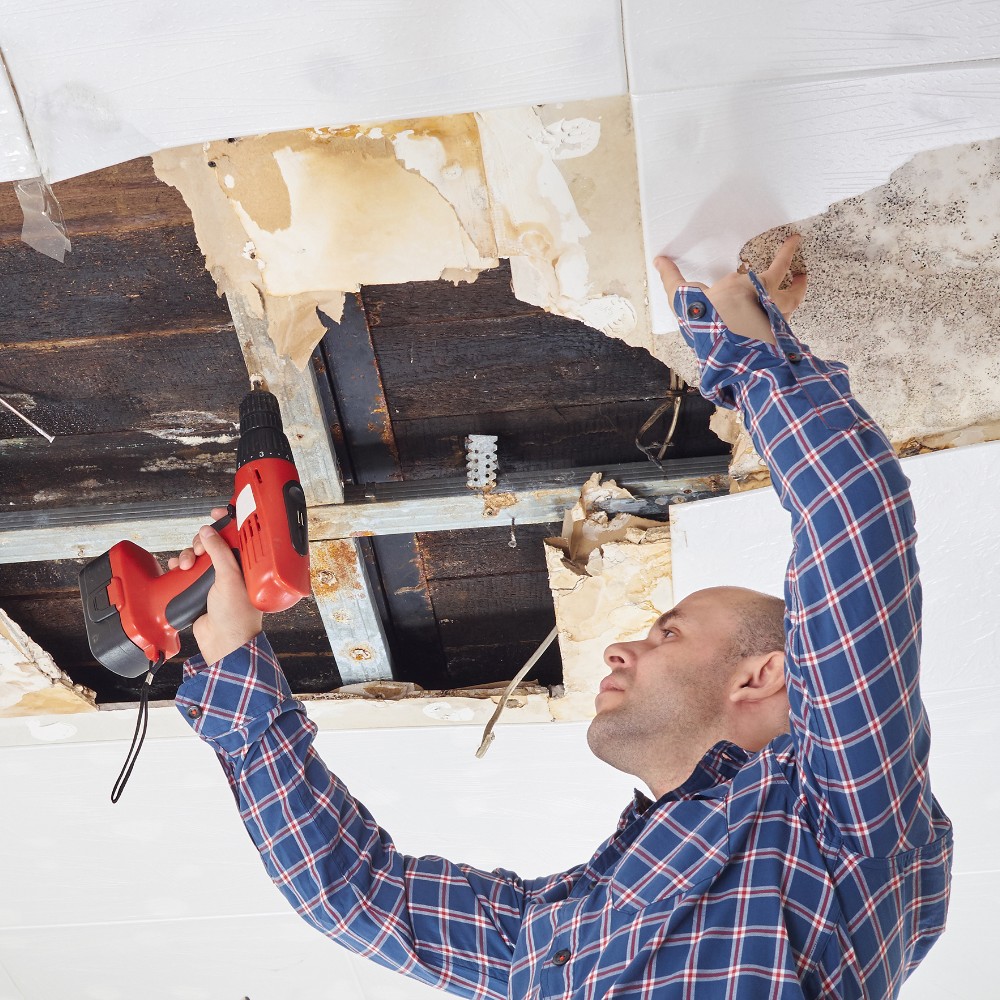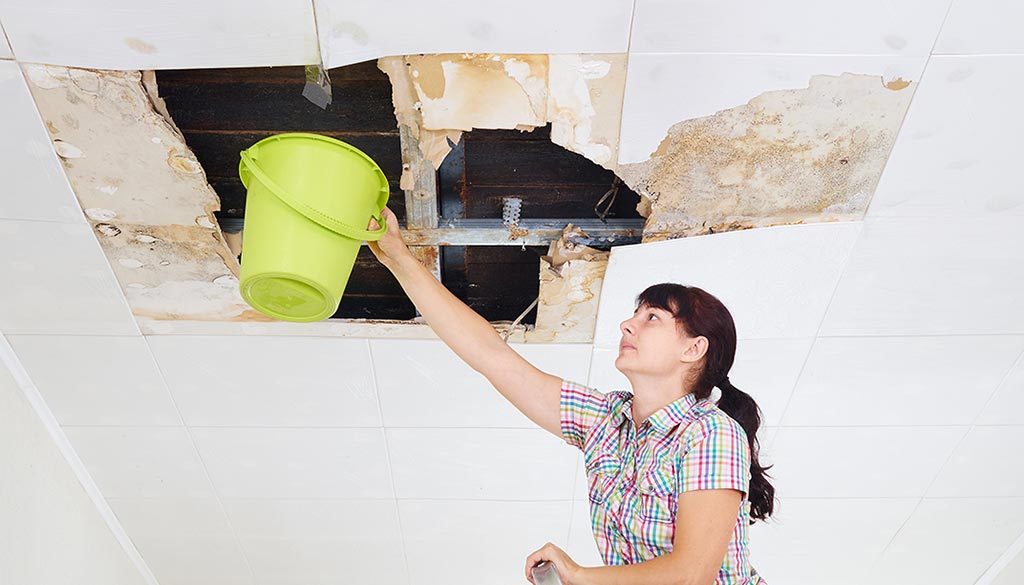The Complete Overview to Browsing the Difficulties of Water Damage Repair
Water damages can strike all of a sudden, leaving you with an intimidating mess to clean up. Comprehending the causes and examining the degree of the damage is crucial. Your immediate actions can make a significant difference in the outcome. What actions should you take initially, and how can you ensure you're safeguarded relocating onward? The solutions exist in a comprehensive method to remediation that every property owner ought to understand.

Recognizing the Sources Of Water Damages
Water damage can strike suddenly, commonly leaving you scrambling to attend to the aftermath. Understanding the root causes of water damage is necessary for prevention. Smoke Damage Restoration. Common culprits include leaking roof coverings, ruptured pipelines, or malfunctioning appliances. You might also come across problems with your plumbing systems, like blocked drains or sewage back-ups, which can result in significant water intrusion. Weather-related events, such as heavy rainfalls or flooding, can additionally damage your home. Additionally, the age of your home contributes; older frameworks often have weakening materials that are a lot more susceptible to leakages and damages. Also minor issues, like condensation from cooling and heating systems, can gather and cause troubles over time. By determining these possible resources of water damage, you can take proactive actions to protect your home and minimize future threats. Remaining notified will encourage you to identify very early signs and act promptly when issues emerge
Assessing the Level of the Damage
Once you have actually recognized a possible water damage concern, examining the extent of the damage is vital for identifying the appropriate feedback. Begin by inspecting the affected locations completely. Seek visible indicators like water spots, warped floorings, or peeling paint. Don't neglect to inspect concealed spots, such as behind wall surfaces or under carpets, where wetness could linger.Next, identified the sort of water involved-- tidy, gray, or black-- since this impacts the intensity of the damage and required removal actions. Utilize a dampness meter to measure moisture levels in wall surfaces and floorings, aiding you recognize sticking around dampness that can result in mold and mildew growth.Document every little thing with pictures and notes, as this information can be important for insurance claims. By precisely examining the damage, you'll be better geared up to select the appropriate restoration method and avoid further problems down the line.
Immediate Tips to Take After Water Damage
After experiencing water damages, the initial point you require to do is evaluate the scenario very carefully. Prioritizing your safety and security is vital, so make certain the location is secure before taking any further steps. Don't fail to remember to record everything thoroughly, as this will be necessary for insurance policy claims and restoration efforts.
Assess the Damages
Evaluating the damages swiftly is necessary for decreasing the influence of water intrusion. Begin by checking the impacted areas to determine the level of the water damages - Water Damage Cleanup. Look for noticeable indicators like soaked carpetings, deformed floors, and stained walls. Examine for surprise water, also, specifically in crawl areas and behind appliances. Make use of a wetness meter if you have one, as it can help determine locations that need interest. Paper every little thing with images and notes; this will serve for insurance coverage claims. Bear in mind to analyze your possessions as well-- furniture and individual items might require specialist cleansing or disposal. By comprehending the degree of the damage, you can make educated choices about the next action in the restoration procedure
Focus On Safety First
Comprehending the level of water damage is just the start; your safety precedes. Before you go into a water-damaged area, ensure to switch off the power and gas supply to stop any type of dangers. Use safety gear, including boots and handwear covers, to protect yourself from impurities. Beware of structural instability-- floorings, wall surfaces, or ceilings might have weakened. If the water is coming from a sewage source, stay clear of get in touch with and telephone call experts for aid. Maintain kids and pet dogs far from the afflicted area. Leave right away if you smell gas or see electrical sparks. Remember, prioritizing your security assurances you can properly address the damage without danger to your health and wellness. Always err on the side of care.
Paper Every Little Thing Thoroughly
As you start attending to water damage, documenting every little thing thoroughly is vital for both insurance coverage cases and repair efforts. Begin by taking clear photos of the affected areas, catching the extent of the damage. Make sure to note the date and time of the event. Develop a listing of damaged products, consisting of furniture, devices, and personal valuables, together with their approximated values. Record any type of activities you take, like speaking to experts or relocating things to protect against additional damages. Keep all invoices and receipts related to the restoration process. This documents will certainly enhance your case when suing and help the remediation team understand the situation better. Remember, comprehensive documents can make a substantial difference in your healing journey

Reducing More Problems and Stopping Mold and mildew Development
When water damage happens, acting quickly can substantially decrease the threat of further concerns, especially mold and mildew growth. Get rid of any type of standing water utilizing pumps or damp vacuums. Next, dry the influenced locations thoroughly. Open windows, use fans, and consider dehumidifiers to expedite the drying procedure. Objective for a moisture level below 60% to hinder mold spores from settling.Inspect all surface areas and materials affected by water; dispose of anything that can't be properly dried out, like drenched rugs or drywall. Clean and disinfect staying surfaces with a mix of water and cleaning agent, or a specialized mold-preventive solution.Keep an eye on the area over the following few weeks. If you see any kind of mildewy smells or staining, address it promptly. Remember, punctual activity not just prevents mold and mildew growth yet also safeguards your building and health and wellness.
Collaborating With Water Damage Reconstruction Professionals
After taking instant actions to mitigate water damage and stop mold and mildew growth, it's time to contemplate specialist aid. Water damages reconstruction experts have the competence and equipment needed to manage extensive damage effectively. When you connect, prepare to describe the situation carefully. This assists them examine the seriousness of the damage and prepare accordingly.Once they get here, anticipate a complete examination and a comprehensive prepare for reconstruction. They'll use specialized devices to remove water, dry impacted areas, and sanitize your space. Don't hesitate to ask questions during the process; understanding their methods can ease your concerns.You needs to also talk about timelines and what to expect at each phase of the reconstruction. Teaming up honestly with these specialists warranties you remain notified and involved, assisting you reclaim your room a lot more effectively. Depend on their expertise, and you'll see your home go back to its pre-damage problem.
Browsing Insurance Claims for Water Damages
Navigating insurance cases for water damages can really feel frustrating, especially if you're not familiar with the procedure. Review your insurance coverage policy to understand what's covered. Search for specifics on water damage, as not all policies treat it the same. Record the damages extensively-- take pictures and make notes concerning what occurred and when.Next, contact your insurance coverage provider promptly. Record the damages and supply them with your documentation. They'll designate an insurer to examine the situation. Be prepared to respond to inquiries and offer added info as needed.Stay organized throughout the procedure. Maintain a record of all interactions, consisting of dates, names, and information of conversations. If your my explanation claim is refuted or you feel it's insufficient, don't think twice to appeal. Know that determination can settle, so advocate for yourself to assure you obtain the coverage you're qualified to.
Tips for Future Water Damage Avoidance
To maintain your home secure from water damage, routine upkeep checks are crucial. Don't ignore the worth of mounting water detection systems, as they can notify you to leakages before find this they end up being significant problems. By remaining aggressive, you can save on your own time, cash, and stress later on.
Normal Upkeep Checks
While it could appear tiresome, carrying out regular maintenance checks can significantly decrease the risk of future water damage in your house. Begin by checking your roof covering for missing roof shingles or leaks; also little problems can intensify swiftly. Examine downspouts and rain gutters to ensure they're clear and directing water far from your structure. Seek indicators of wetness in basements or crawl rooms, and attend to any leakages from pipes or appliances right away. Remember to examine your sump pump frequently to verify it's operating effectively. Don't forget concerning your washing equipment pipes; replace them every few years to prevent ruptured catastrophes. By remaining positive with these checks, you'll save on your own time, money, and tension in the long run.
Set Up Water Detection Systems

Frequently Asked Questions
For how long Does the Water Damage Reconstruction Process Generally Take?
The water damages reconstruction procedure generally takes anywhere from a couple of days to a number of weeks, depending on the level of the damage. You'll want to act promptly to reduce more problems and expedite the procedure.
Can I Remain In My Home During the Repair Process?
You can stay in your home throughout the remediation procedure, yet it depends on the level of the damage. If it's serious, it's safer to momentarily move till the work's completed and your home's secure.
What Personal Things Can Be Salvaged After Water Damage?
After water damages, you can usually salvage products like apparel, books, and electronics, supplied they're not saturated or moldy. Always examine their problem promptly and get in touch with professionals for guidance on reconstruction and safety and security.
Are There Any DIY Approaches for Restoring Water-Damaged Items?
Yes, you can use DIY try this out approaches to restore water-damaged things. For furnishings, air-dry and apply a wood conditioner. For fabrics, clean them completely and air-dry. Always look for mold and mildew before trying any type of restoration.
Exactly How Can I Determine Hidden Water Damages in My Home?
To determine surprise water damages, check for water discolorations on wall surfaces and ceilings, pay attention for trickling noises, really feel for wetness in products, and examine areas near plumbing for signs of mold or mildew growth. Once you've identified a potential water damage problem, examining the degree of the damage is necessary for determining the appropriate reaction. As you start addressing water damages, recording every little thing completely is essential for both insurance coverage claims and restoration initiatives. Water damages remediation experts have the competence and devices needed to handle extensive damages effectively. Installing water discovery systems can be a game-changer for protecting against future water damages in your home. The water damage restoration procedure normally takes anywhere from a couple of days to a number of weeks, depending on the extent of the damages.
 Patrick Renna Then & Now!
Patrick Renna Then & Now! Anthony Michael Hall Then & Now!
Anthony Michael Hall Then & Now! Tahj Mowry Then & Now!
Tahj Mowry Then & Now! Suri Cruise Then & Now!
Suri Cruise Then & Now! Heather Locklear Then & Now!
Heather Locklear Then & Now!